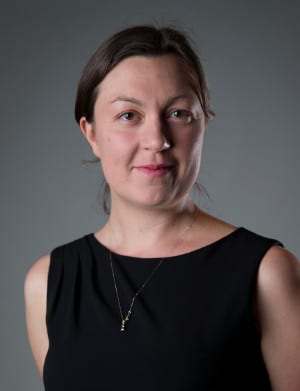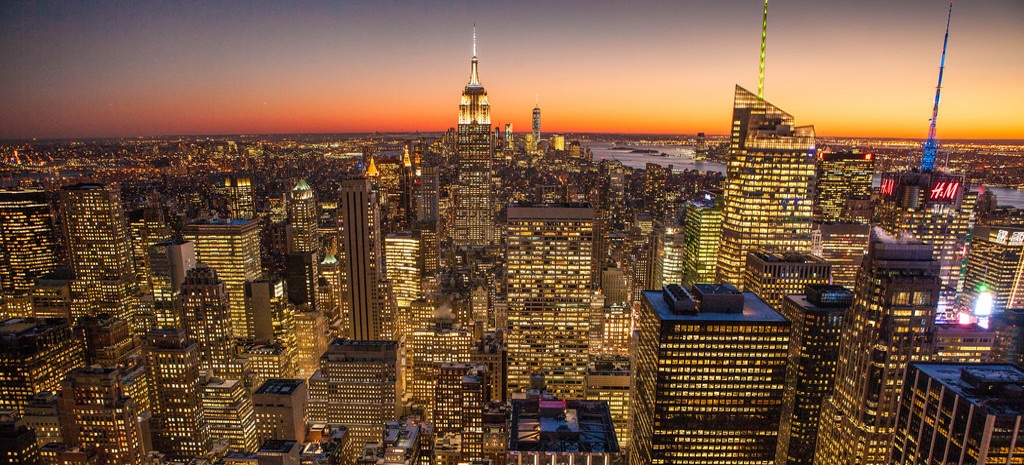pv magazine: What are the big trends that you are seeing in the global solar market right now?
Jenny Chase: Here’s a global trend in the energy market that is concerning me, and it is about the most fundamental that you can get. In most places you have enough generation capacity, and so all these people here, who want to make money, they have the problem that we don’t need it.

And that’s a pretty fundamental problem, although I think it is one that time will solve. Because there are plant requirements that are scheduled, and of course energy demand in some places is growing. However, that is not going to happen fast enough to meet climate goals by replacing existing old capacity with solar and wind. And it is not happening fast enough for these guys who want to make money, because they don’t have the option of saying, we’ll wait five years.
In my mind, this boils down to an even more fundamental question, which is: We can see our way clear to a point in ten year’s time, where you can deliver as much power for free as you can use between the hours of 11 AM and 2 PM, in most places, but what do you outside of these times, and how do we use this power usefully.
And of course there is a lot of talk about batteries, and batteries help. 3-hour battery storage would help, and it would also mean that you will have a more stable grid, if we use batteries for frequency response, to stabilize the grid to be dispatched for all kinds of benefits. But I think it is probably going to be more than that. We have to have a shift in the way the whole world pays for power, so that power is cheaper at the times when it is being generated by solar and wind.
I just got back from SNEC last week, and when I said this at SNEC, people looked at me like I have two heads. There is no power market in China. Power often receives the price set by the government. Despite the fact that all customers have basic smart metering, it is a very not smart market.
Whereas I feel like in Europe and the U.S. power markets are a bit more advanced, and ancillary services are a bit more robust, but there is still not a solution to the problem, and I think this is something that is being partly debated at The Future of Energy Summit, and that is why I am really interested in some of the nuclear sessions tomorrow.
That’s the other thing that happens when you have loads of batteries on the grid is that they don’t just back up solar. I know your classical residential PV and storage system would just back up solar, but if you put it on the grid, the battery can back up everything. It can store your baseload nuclear power, and use it in the morning, they can store wind. It just generally helps a lot. And so I feel nuclear might enjoy a renaissance for that reason.
pv magazine: That is interesting that you are mentioning nuclear potentially enjoying a renaissance. Westinghouse recently declared bankruptcy, and I know that at the last summit Tom Fanning from Southern Company was being very optimistic about nuclear. I have heard no voice that optimistic this summit, in fact even the CEO of Duke was saying that new nuclear is challenged. I have never been around a group of utility leaders where there was less optimism about building new nuclear. Where does your optimism come from? Existing or new technologies?
Chase: I have spent the last few years trying to understand power market analysis better. Which is something that I think the whole solar industry will have to do. And it turns out that power market analysis is very complicated and difficult.
Partly my optimism around nuclear comes from a sneak preview of tomorrow’s sessions, and partly – we’ve heard about how cheap batteries are getting, our coverage of that. And I think that people who are complaining about how nuclear isn’t flexible may be missing a trend.
It’s totally true, nuclear is not flexible and doesn’t help you balance renewables. But if you have batteries in the grid doing the rebalancing, batteries can also balance the nuclear. And maybe you don’t need a lot of nuclear on the grid, maybe just a little to help you in a northern country in the winter, and reduce our reliance on coal and gas than carbon emissions.
And frankly as someone who is far more terrified by Climate Change than they are by nuclear, I think that’s possibly a good thing.
pv magazine: I’ve definitely expressed the concern that existing nuclear is inflexible, and thus without deploying storage is definitely in the way of renewables on the grid. But most of what I see in terms of challenges to nuclear is not that technical concern, but economic concerns. Existing nuclear simply has not been economically competitive. Are you expecting a new, cheaper nuclear technology?
Chase: Not really. I don’t see any particular reason to expect a breakthrough, although it can happen. What I’m expecting is for power to have a lot more value in the winter, when you are in a place that has strong seasons. We will probably also see a renaissance in offshore wind, for the same reasons, because it generates in the winter.
We’re looking at a having a lot of storage on the grid on way or another. In which case it not being flexible or it being intermittent becomes less important. You just have to make sure it generates probably within four, six hours, maybe a day of when it is needed. And I think that it something where it is probably worth looking at nuclear for.
But, hey, I haven’t sat through the panels tomorrow at Future of Energy, so I don’t know what arguments other people are going to make for this.
pv magazine: We’ll get more to these issues later. But to get to the United States market, obviously there is a very different mood here. In the previous year BNEF Founder Michael Liebreich was having a bit of fun with the possibility of a Trump Presidency, and now we actually have one. And now we have Myron Ebell on stage, and Rick Perry. Does the U.S. solar market look different since the election of Trump, and if so how?
Chase: Weirdly, not as much as you think. I think Trump has been a bit busy doing other, fairly stupid things since the election, and hasn’t gotten around to doing anything one way or the other on solar.
There was a panel earlier at the Future of Energy Summit, in which Debbie Dooley of Conservatives for Energy Freedom made pretty strong conservative arguments for consumers being able to use their own solar. And of course solar tends to be an emotive issue. People really don’t think rationally and economically when it comes to solar, and I see those voices carrying some weight.
As well as the fact that Trump would have to get around to it and deal with some fairly complicated policy making to unravel the current support system for solar. So in fact I’m more interested in the moment at what the states are doing to first of all cancel net metering, second to change time of day rates, hopefully to encourage people in commercial enterprises to shift their demand to mid-day. And there is of course concerns that there will be more trade barriers to solar cells, modules and other components in a Trump Presidency, and we are still waiting on that to see what happens there.
pv magazine: To get back to energy storage, I hear a lot of people talking about solar plus storage. There is a lot of excitement with the world’s largest battery storage systems being built in Southern California, where we are having curtailment issues as we high portions of renewable energy. Do you see the emergence of a solar plus storage market, or is this just hype?
Chase: It’s pretty small at the moment, let’s face it. I have my doubts about whether this will be specifically solar plus storage or whether this will be batteries embedded on the grid, which of course can be controlled by utilities to provide all sorts of services. And they don’t have to be in people’s houses – they can be in people’s houses, it doesn’t really matter – but the utility has to control them in order to charge and discharge them when the grid needs that.
At the moment, let’s face it: solar and storage in people’s house, its compelling from an emotional point of view, and people like that, and one thing we know about solar is that people buy it because they like it, so it will probably be a thing, but at the moment it is a small thing, and I don’t think that necessarily become a global hit.
Although I am pretty optimistic about microgrids as well. If you are in a village in Africa with no grid, then some solar panels, a big battery and a diesel generator are probably what you want.
This content is protected by copyright and may not be reused. If you want to cooperate with us and would like to reuse some of our content, please contact: editors@pv-magazine.com.









By submitting this form you agree to pv magazine using your data for the purposes of publishing your comment.
Your personal data will only be disclosed or otherwise transmitted to third parties for the purposes of spam filtering or if this is necessary for technical maintenance of the website. Any other transfer to third parties will not take place unless this is justified on the basis of applicable data protection regulations or if pv magazine is legally obliged to do so.
You may revoke this consent at any time with effect for the future, in which case your personal data will be deleted immediately. Otherwise, your data will be deleted if pv magazine has processed your request or the purpose of data storage is fulfilled.
Further information on data privacy can be found in our Data Protection Policy.